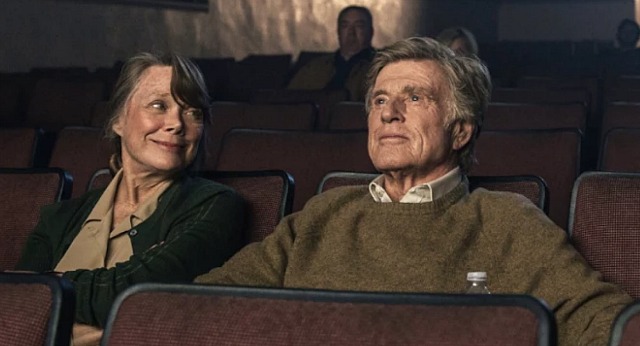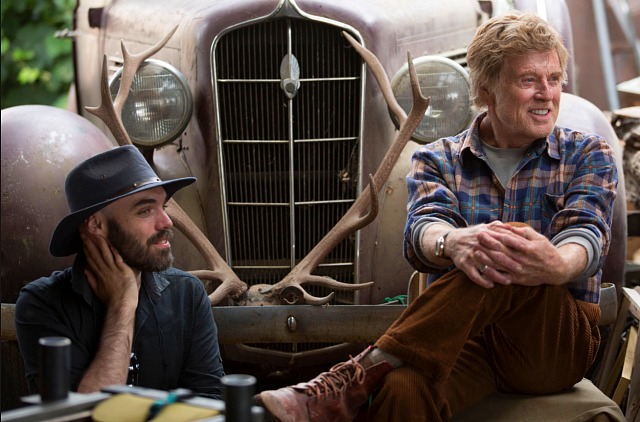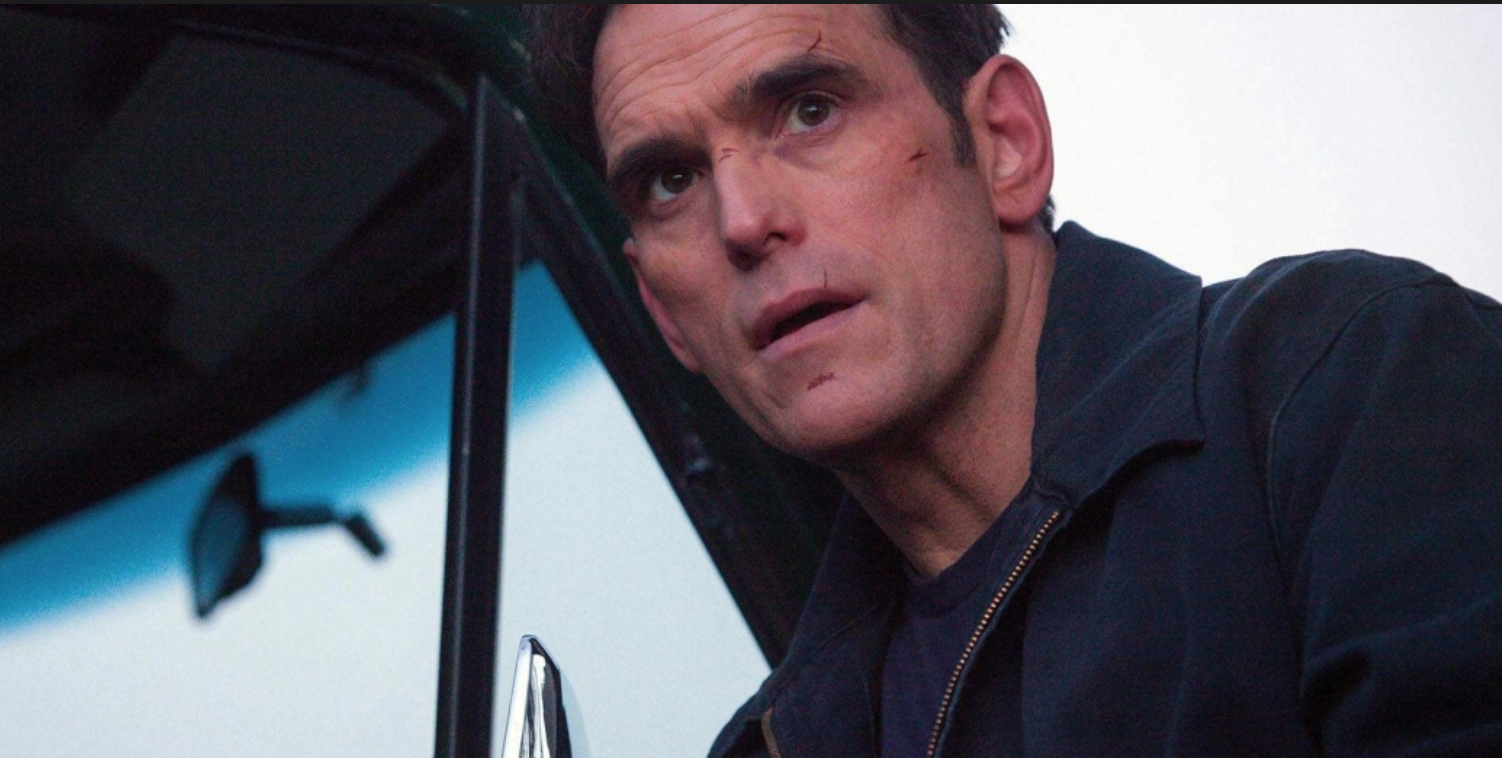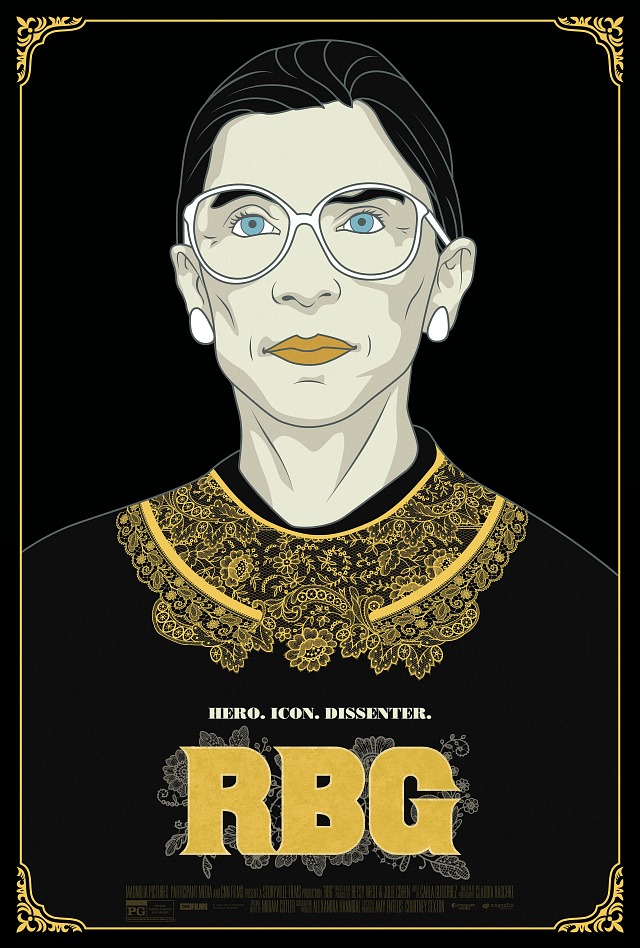Posted on 1.19.18: “In the ambitious but mediocre Blindspotting, the sympathetic, Oakland-residing Colin (Daveed Diggs) is trying to stay out of trouble over the final three days of his parole status. Unfortunately, his longtime best friend is a violent, hair-trigger, gun-wielding asshole named Miles (Rafael Casal) so right away you’re wondering “is Colin as stupid as he seems, or is he just temporarily stupid?”
Even more unfortunately for the audience, Casal, a 32 year-old playwright and performance poet, relies on a broad caricature of Oakland street blackitude — machismo shit talk, constant strut, a mouthful of gold fillings, flashing pistols, drop-of-a-hat hostility, etc.
In the view of Hollywood Reporter critic Todd McCarthy “the volcanically emotive Miles” is “a character so brainlessly compulsive and violent that he becomes pretty hard to take after a while.”
White guys adopting the posture of angry, ready-to-rumble street brahs is an old bit. Hip white kids have been pretending to be urban desperados since at least the early ’90s. Gary Oldman as Dretzel in True Romance (’93). Josh Peck in Jonathan Levine‘s The Wackness (’08). The best comic reversal of this was Richard Pryor‘s imitation of dipshit white guys in Richard Pryor — Live in Concert (’78).
Casal’s Miles is easily the most irritating variation I’ve ever seen. I was hating on him 15 minutes into the film.





